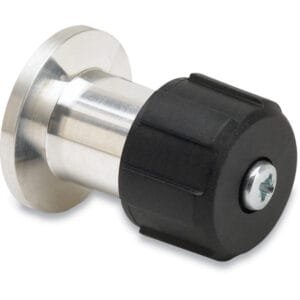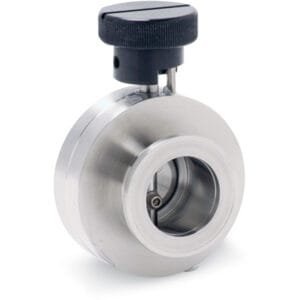ASA HV 6-Way Crosses (flat flanges): Six-Way Vacuum Distribution with Flat ASA Flange Interfaces
ASA HV 6-Way Crosses (flat flanges) from TFM are engineered to provide high-performance, multidirectional vacuum connectivity in systems that utilize grooved ASA flanges with o-rings for sealing. Constructed entirely from 304L stainless steel tubing, these crosses feature rotatable flat ASA flanges on all six ports—allowing them to pair precisely with grooved ASA flanges for effective sexed vacuum sealing.
The design conforms to the ASA sealing principle, where the o-ring is seated in a groove on the mating flange, and the flat flange provides uniform compression during bolt-tightening. This configuration is widely used in high-vacuum (HV) systems for its mechanical simplicity, reliability, and ease of maintenance.
Key Features of ASA HV 6-Way Crosses (flat flanges):
All-Flat ASA Flange Configuration
Each of the six axes features a rotatable flat ASA flange, ideal for sealing against grooved flanges with installed o-rings. This setup supports easy integration into existing ASA-based systems.304L Stainless Steel Construction
Provides high corrosion resistance, mechanical strength, and vacuum cleanliness—suitable for pressures down to 10⁻⁸ Torr and compatible with process gases and thermal cycling.Rotatable Flange Design for Installation Flexibility
The rotatable flanges simplify component orientation during assembly, reducing mechanical stress and alignment complexity in complex vacuum builds.Clean and Leak-Tested for HV Service
Every ASA HV 6-Way Cross (flat flanges) is helium leak-tested and vacuum-cleaned to ensure optimal performance with minimal outgassing.Available in Standard and Custom Sizes
Offered in standard ASA diameters such as 4″, 6″, 8″, 10″, and 12″, with support for custom tube lengths, reducer configurations, or alternative flange interfaces upon request.
Typical Applications:
Connection hubs in large vacuum chambers
Foreline or exhaust distribution junctions
System expansions using grooved ASA-compatible flanges
Modular vacuum architecture with uniform flat-port requirements
R&D platforms with custom vacuum line routing
TFM also offers a complete selection of compatible components, including ASA HV grooved flanges, fluorocarbon (FKM) o-rings, bolt sets, and blank or reducer flanges, supporting full-system integration.
In summary, ASA HV 6-Way Crosses (flat flanges) deliver dependable, standardized performance in vacuum networks built around grooved o-ring-sealed ASA systems. With 304L stainless steel construction, rotatable flanges, and multi-axis access, they are a practical solution for any application requiring flat flange terminations across multiple vacuum lines.





Reviews
There are no reviews yet.